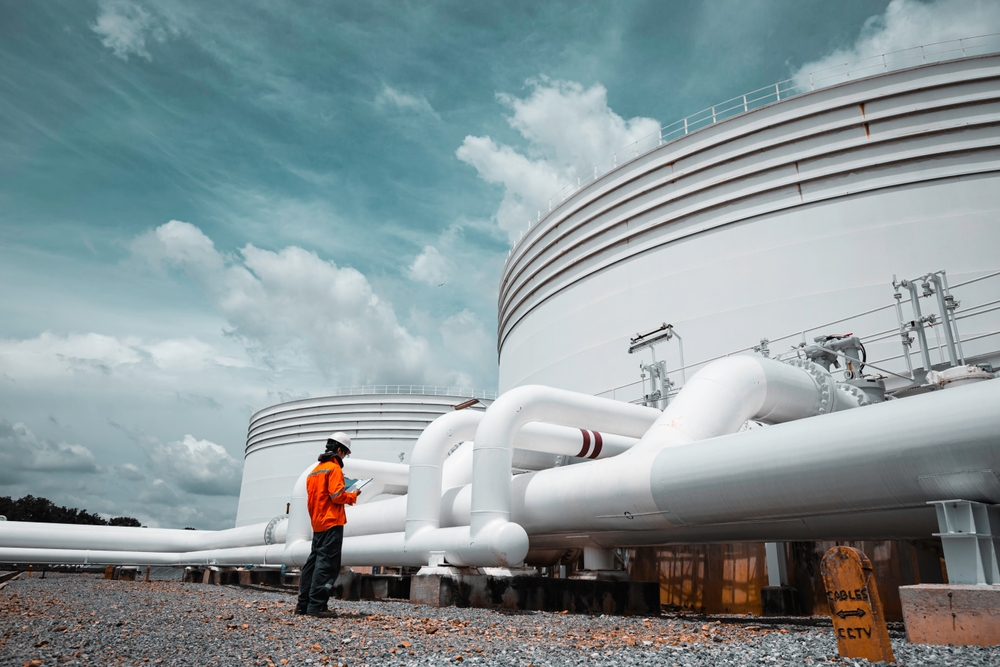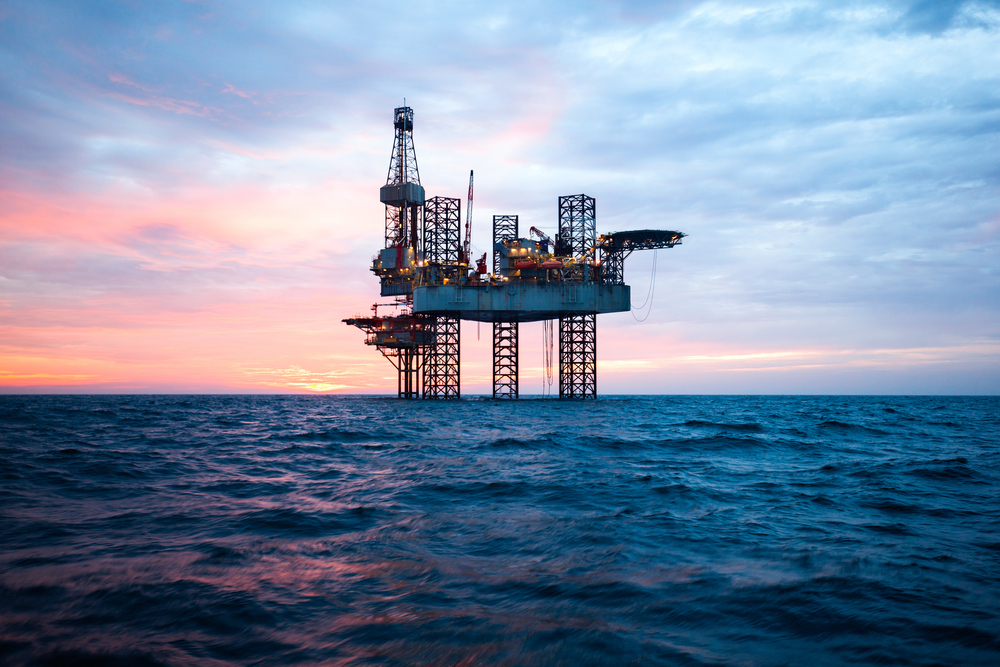

This course covers the basic concepts, applications and operating performance of oil and gas pumps, compressors and turbines with an emphasis on their design, operation and maintenance. It includes the selection of these equipment as per the operational requirement, performance enrichment and a range of diagnostic methods aimed at improving the efficiency and the reliability of operations in Oil and Gas processes.
| City | Start Date | End Date | Fees | Register | Enquire | Download |
|---|---|---|---|---|---|---|
| Jakarta | 23-06-2025 | 27-06-2025 | 4950 $ | Register | Enquire | |
| Casablanca | 07-07-2025 | 11-07-2025 | 4950 $ | Register | Enquire | |
| Cairo | 14-07-2025 | 18-07-2025 | 3950 $ | Register | Enquire | |
| Madrid | 21-07-2025 | 25-07-2025 | 6200 $ | Register | Enquire | |
| Kuala Lumpur | 28-07-2025 | 01-08-2025 | 4950 $ | Register | Enquire | |
| Kuala Lumpur | 04-08-2025 | 08-08-2025 | 4950 $ | Register | Enquire | |
| Amman | 11-08-2025 | 15-08-2025 | 3950 $ | Register | Enquire | |
| Casablanca | 18-08-2025 | 22-08-2025 | 4950 $ | Register | Enquire | |
| Cairo | 01-09-2025 | 05-09-2025 | 3950 $ | Register | Enquire | |
| Kuala Lumpur | 08-09-2025 | 12-09-2025 | 4950 $ | Register | Enquire | |
| Dubai | 15-09-2025 | 19-09-2025 | 4300 $ | Register | Enquire | |
| Vienna | 22-09-2025 | 26-09-2025 | 6200 $ | Register | Enquire | |
| Singapore | 06-10-2025 | 10-10-2025 | 5500 $ | Register | Enquire | |
| Cairo | 13-10-2025 | 17-10-2025 | 3950 $ | Register | Enquire | |
| Dubai | 20-10-2025 | 24-10-2025 | 4300 $ | Register | Enquire | |
| Kuala Lumpur | 27-10-2025 | 31-10-2025 | 4950 $ | Register | Enquire | |
| London | 03-11-2025 | 07-11-2025 | 6200 $ | Register | Enquire | |
| Singapore | 10-11-2025 | 14-11-2025 | 5500 $ | Register | Enquire | |
| Cairo | 17-11-2025 | 21-11-2025 | 3950 $ | Register | Enquire | |
| Vienna | 24-11-2025 | 28-11-2025 | 6200 $ | Register | Enquire | |
| Krakow | 01-12-2025 | 05-12-2025 | 6200 $ | Register | Enquire | |
| Casablanca | 08-12-2025 | 12-12-2025 | 4950 $ | Register | Enquire | |
| London | 15-12-2025 | 19-12-2025 | 6200 $ | Register | Enquire | |
| Cairo | 22-12-2025 | 26-12-2025 | 3950 $ | Register | Enquire | |
| Jakarta | 29-12-2025 | 02-01-2026 | 4950 $ | Register | Enquire |
The Oil and Gas Pumps, Compressors, Turbines: Applications and Performance Course demonstrates the critical role of rotating machinery, such as pumps, compressors, and turbines, in the process, petrochemical, and oil and gas industries. This course is designed to provide participants with foundational knowledge of liquid and gas systems, covering essential concepts such as pressure, head, capacity, flow rates, and friction head losses, while exploring their operational aspects.
Participants will study the core design features of centrifugal and positive-displacement pumps, as well as oil and gas compressors and turbines. They will learn about the various applications of these pumps within the oil and gas industry, gaining insights into their effective use under different operational conditions.
In the oil and gas industry, turbines are essential for power generation and mechanical drive applications. This module will detail the different types of oil and gas turbines, their design, and performance improvement techniques. Understanding these details is vital for enhancing the overall efficiency and reliability of operations.
By the end of the Oil and Gas Pumps, Compressors, Turbines: Applications and Performance Course, participants will be able to:
Unit 1: Introduction and Fluid Laws
Unit 2: Pumping Systems, Pump Performance, and Pump Type Construction
Unit 3: Compressor Construction, Types, Characteristics, and Performance
Unit 4: Turbine Types, Construction, and Performance
Unit 5: Troubleshooting & Maintenance
.jpg)

.jpg)
















